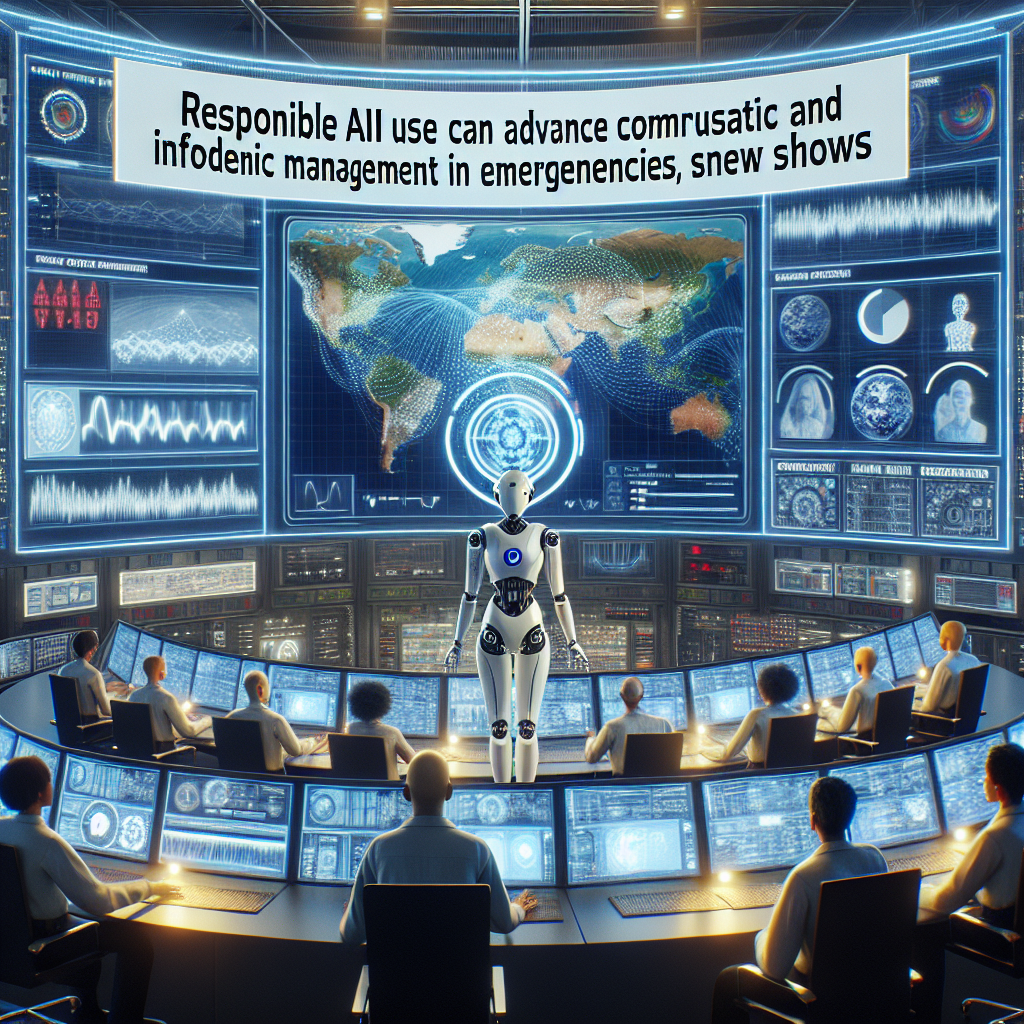Advancing Emergency Risk Communication With AI
In 2014, as Ebola swept across West Africa, misinformation spread faster than the virus itself. Rumors that boiled salt water could cure Ebola went viral, leading to hospitalizations and, tragically, even deaths. The crisis wasn’t just medical—it was communicational. Advancing emergency risk communication with AI could have changed the outcome, and today, that possibility is no longer theoretical.
The Role of AI in Public Health Emergencies
According to a recent study by the World Health Organization (WHO), artificial intelligence has a critical part to play in managing the deluge of information—both accurate and misleading—that emerges during health crises. Identifying trustworthy sources, amplifying reliable data, and filtering out falsehoods can now be turbocharged through responsible AI deployment.
This latest research shines a spotlight on how AI can streamline risk communication, helping governments and health organizations reach populations faster and more precisely with data that truly matters.
Combating the Infodemic With Algorithms
The WHO coined the term “infodemic” to describe the overwhelming flood of information during a crisis. During the COVID-19 pandemic, inaccurate claims metastasized across social media, hampering containment efforts and eroding public trust. The study emphasizes that AI can tackle this challenge in several ways:
- Rapid Content Analysis: Machine learning tools can scan millions of digital posts to detect recurring themes, emotional tone, and emerging narratives in real time.
- Audience Segmentation: AI can identify demographic and geographic characteristics of populations vulnerable to misinformation, helping tailor outreach campaigns.
- Language Adaptation: Natural Language Processing (NLP) tools can quickly adapt content into multiple languages and dialects, ensuring no community is left behind.
Responsible AI Use Is Non-Negotiable
The WHO’s findings come with a crucial caveat: advances in emergency communication must be grounded in ethical principles. Responsible AI use requires transparency, accountability, and respect for human rights.
For example, algorithms must be free of bias, regularly audited, and designed to amplify—not drown—the voices that matter most in a crisis. Systems must also protect user data and avoid manipulating emotional responses for engagement metrics.
From Research to Action: A Roadmap for Implementation
The study proposes actionable strategies for health authorities, tech companies, and civil society organizations, including:
- Establishing governance frameworks to guide AI use in communication.
- Investing in public-private partnerships to scale trustworthy platforms.
- Conducting community-driven impact evaluations to refine approaches.
By aligning innovation with ethics and local engagement, stakeholders can ensure that AI-driven communication initiatives do more good than harm during emergencies.
Looking Ahead
Advancing emergency risk communication with AI is not about replacing humans—it’s about empowering decision-makers, health professionals, and communities with the insights they need to act decisively. As health threats grow more complex, AI offers a new frontier for clarity, connectivity, and possibly, control over chaos.
With thoughtful integration, artificial intelligence might just be the ally we need in the next global health emergency—not as a silver bullet, but as a force multiplier for truth and trust.

